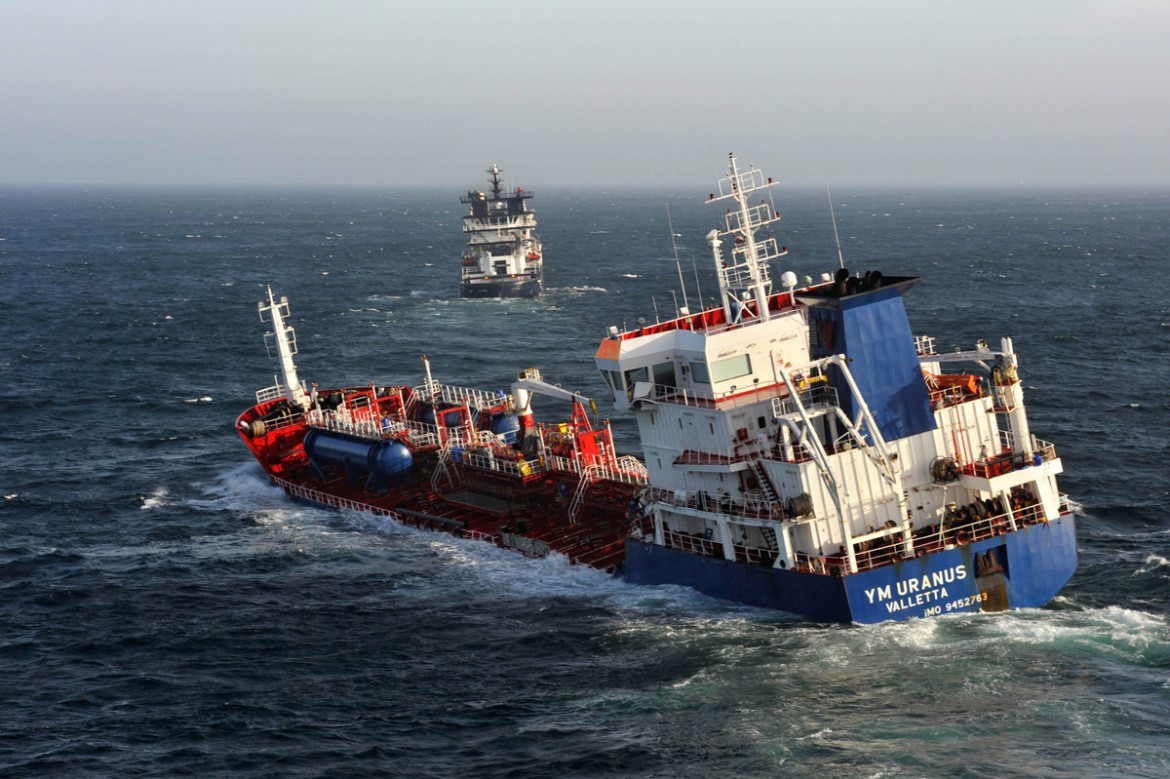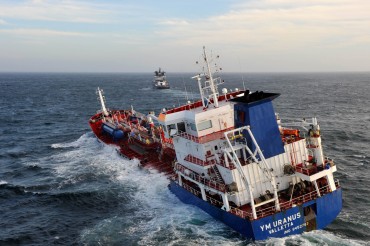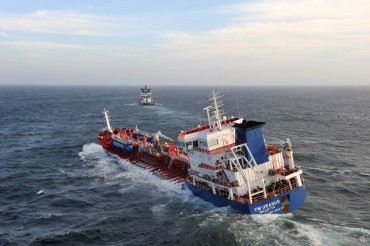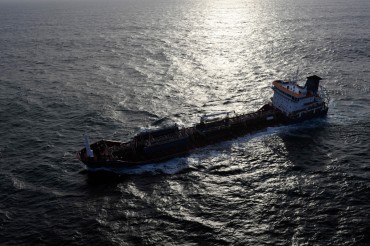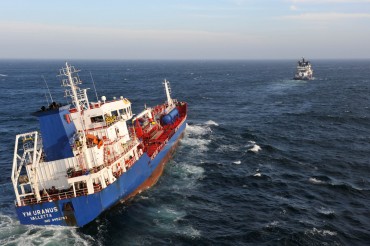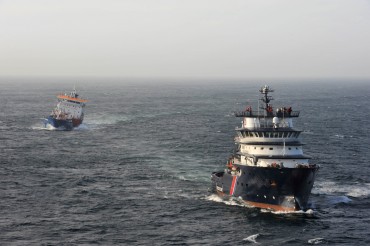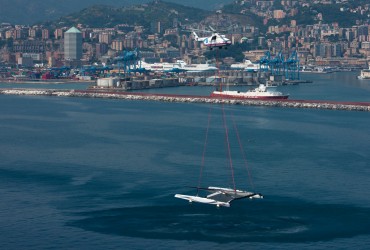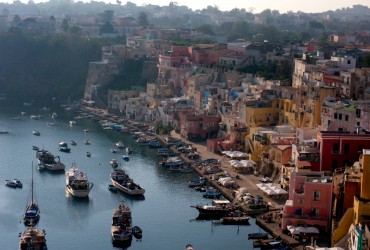A high risk rescue
Chemical tanker YM Uranus, carrying 6,000 tons of pygas said to have been involved in a collision with bulk freighter Hanjin Richzad. Both vessels were heading north, the former to Amsterdam and the latter to Rotterdam. Eventhough YM Uranus indicated a significant water leak on port side, no pollution is reported so far… Crewmembers were evacuated by a French army helicopter early this morning. They are all safe and sound.
OCEAN71 Magazine photographer, Philippe Henry, flew in a helicopter to see if the ship’s rescue was happening in good conditions. These are exclusive images.
